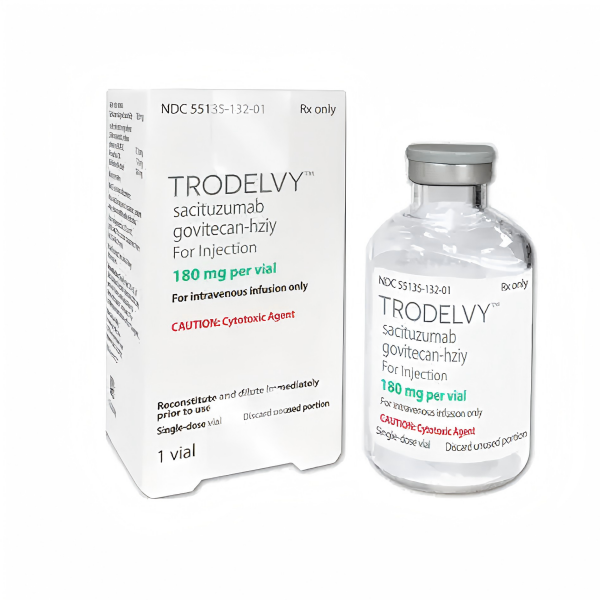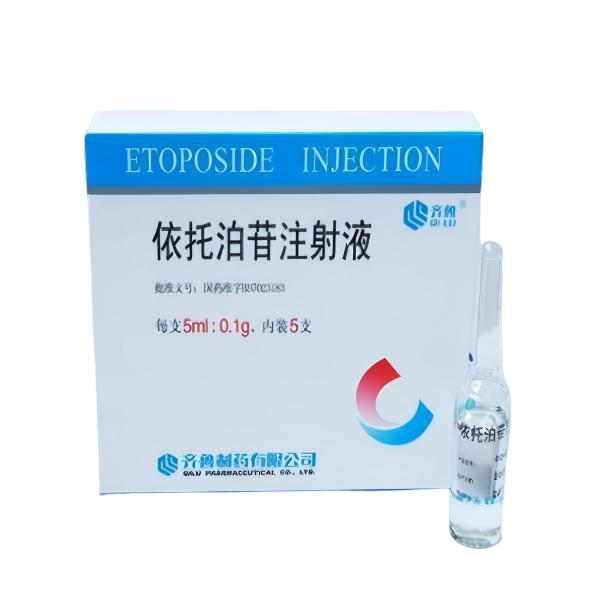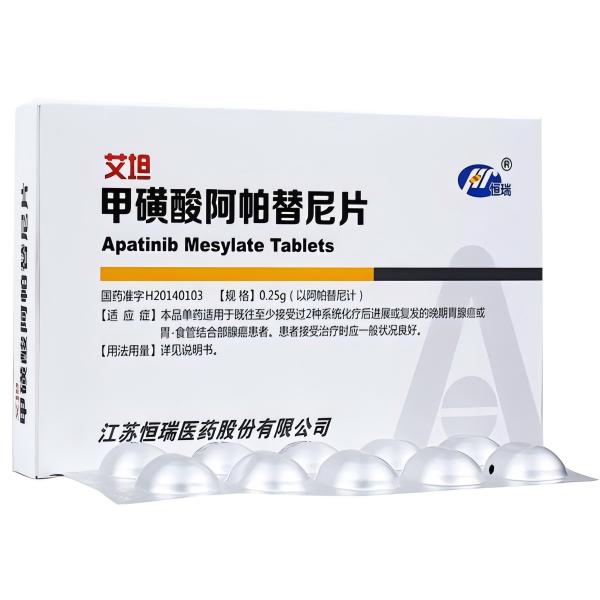

Sintilimab Injection
Innovent Biologics, Inc
Quick Info
Classical Hodgkin’s lymphoma, Non-squamous non-small cell lung cancer, Squamous non-small cell lung cancer, Hepatocellular carcinoma, Esophageal squamous cell carcinoma, Gastric cancer, Non-small cell lung cancer, Endometrial cancer.
[Ingredients]
Active ingredient: Sintilimab (recombinant fully human anti-programmed death receptor 1 monoclonal antibody)
The excipients in this product are as follows: mannitol, histidine, sodium citrate (dihydrate), sodium chloride, disodium edetate, polysorbate 80, citric acid (monohydrate), water for injection.
[Properties]
This product is a clear to slightly opalescent, colorless to light yellow liquid without foreign matter.
[Indications]
Classical Hodgkin’s lymphoma
This product is indicated for the treatment of relapsed or refractory classical Hodgkin’s lymphoma after at least two lines of systemic chemotherapy.
This indication is conditionally approved based on the objective response rate and duration of response results of a single-arm clinical trial. Full approval of this indication will depend on whether the ongoing confirmatory randomized controlled clinical trial can confirm the significant clinical benefit of sintilimab treatment compared with standard treatment.
Non-small cell lung cancer
Non-squamous non-small cell lung cancer
This product is used in combination with pemetrexed and platinum chemotherapy for the first-line treatment of patients with epidermal growth factor receptor (EGFR) gene mutation-negative and anaplastic lymphoma kinase (ALK)-negative, locally advanced or metastatic non-squamous non-small cell lung cancer (NSCLC) that cannot be surgically resected.
This product is used in combination with bevacizumab, pemetrexed and cisplatin for the treatment of patients with EGFR gene mutation-positive locally advanced or metastatic non-squamous non-small cell lung cancer (NSCLC) who have failed treatment with epidermal growth factor receptor tyrosine kinase inhibitors (EGFR-TKIs).
Squamous non-small cell lung cancer
This product is used in combination with gemcitabine and platinum chemotherapy for the first-line treatment of locally advanced or metastatic squamous non-small cell lung cancer (NSCLC) that cannot be surgically resected.
Hepatocellular carcinoma
This product is used in combination with bevacizumab for the first-line treatment of unresectable or metastatic hepatocellular carcinoma that has not received previous systemic treatment.
Esophageal squamous cell carcinoma
This product is used in combination with paclitaxel and cisplatin or fluorouracil and cisplatin for the first-line treatment of unresectable locally advanced, recurrent or metastatic esophageal squamous cell carcinoma.
Gastric and gastroesophageal junction adenocarcinoma
This product is used in combination with chemotherapy containing fluorouracil and platinum drugs for the first-line treatment of unresectable locally advanced, recurrent or metastatic gastric and gastroesophageal junction adenocarcinoma.
【Specifications】
100mg (10ml)/ vial
[Usage and Dosage] This product must be used under the guidance of a physician with experience in tumor treatment.
Recommended dose
Classical Hodgkin’s lymphoma, non-small cell lung cancer, hepatocellular carcinoma: This product is administered by intravenous infusion. The recommended dose for intravenous infusion is 200 mg, once every 3 weeks, until disease progression or intolerable toxicity occurs.
Esophageal squamous cell carcinoma, gastric and gastroesophageal junction adenocarcinoma: This product is administered by intravenous infusion. For patients with a body weight of <60 kg, the recommended dose for intravenous infusion is 3 mg/kg, once every 3 weeks, until disease progression or intolerable toxicity occurs. For patients with a body weight of ≥60 kg, the recommended dose for intravenous infusion is 200 mg, once every 3 weeks, until disease progression or intolerable toxicity occurs.
When sintilimab is administered in combination with chemotherapy, sintilimab should be given first. See also the prescribing information for chemotherapy drugs.
When Sintilimab is administered in combination with bevacizumab, Sintilimab should be administered first, with an interval of at least 5 minutes. It is recommended that bevacizumab be administered on the same day. See also the prescribing information for bevacizumab.
When Sintilimab is administered in combination with bevacizumab and chemotherapy, Sintilimab should be administered first, with an interval of at least 5 minutes, followed by intravenous bevacizumab, followed by pemetrexed and cisplatin. See also the prescribing information for bevacizumab and chemotherapy drugs.
Atypical reactions may be observed (e.g., temporary tumor enlargement or new lesions in the first few months, followed by tumor shrinkage). If the patient’s clinical symptoms are stable or continue to improve, even if there is preliminary imaging evidence of disease progression, based on the judgment of overall clinical benefit, continued treatment with this product can be considered until disease progression is confirmed, and evaluation using solid tumor immunotherapy evaluation criteria such as iRECIST can be considered.
Medicine

Sacituzumab Govitecan for Injection
Triple negative breast cancer, HR positive, HER2 negative breast cancer

Etoposide Injection
Mainly used to treat small cell lung cancer, malignant lymphoma, malignant germ cell tumor, leukemia, neuroblastoma, rhabdomyosarcoma, ovarian cancer, non-small...
1-1.png)
Sintilimab Injection
Classical Hodgkin's lymphoma, Non-squamous non-small cell lung cancer, Squamous non-small cell lung cancer, Hepatocellular carcinoma, Esophageal squamous cell carcinoma, Gastric...

Apatinib Mesylate Tablets
This product is suitable for patients with advanced gastric adenocarcinoma or gastroesophageal junction adenocarcinoma who have progressed or relapsed after...
Related News

China’s Innovative Drugs Go Global: From Followers to Game Changers

China’s innovative drugs gain momentum in global expansion efforts

Virtual mental health care visits: Making them work for youChinese-made new drugs big hit overseasVirtual mental health care visits: Making them work for you

Accelerating Chinese Innovative Drugs Going Global: International New Drug R&D Regulation Forum Successfully Held



1.png)